Unlocking the Power of DBT: A Guide to Data Lineage, Testing, and Architecture
By Aanchal Gupta • 1/1/2025
Discover how dbt enhances data workflows with this guide to data lineage, testing strategies, and architectural insights for optimal performance.
Introduction
Data quality and transparency have always been at the heart of effective data workflows. Yet, as datasets grow larger and more interconnected, keeping track of how data flows through systems can feel overwhelming.This isn’t just about ensuring accuracy—it’s about understanding where your data comes from, how it’s transformed, and who’s responsible for each stage of the journey. When I first embarked on optimizing data workflows, I faced numerous challenges—the biggest being limited documentation and visibility. Troubleshooting issues or ensuring compliance often felt like navigating a maze in the dark. That’s when I discovered dbt (data build tool), which transformed my approach to data lineage, testing, and overall architecture.
The DBT Architecture: An Overview

DBT operates on a modular framework that integrates seamlessly with modern data warehouses, such as Snowflake, BigQuery, and Redshift. Its architecture revolves around three core components:
1. Models:
SQL files that define the transformations applied to raw data.
2. Sources:
Representations of raw data inputs from external systems.
3. Tests:
Built-in and custom validations ensuring data quality.
At the heart of dbt’s architecture is its ability to compile SQL files into executable queries tailored to your data warehouse. These queries build incremental models, perform validations, and maintain a lineage graph—all of which streamline data workflows and promote efficiency.
How DBT Simplifies Data Lineage

DBT stands out for its ability to provide clear, actionable insights into data flows. One of its most powerful features is the creation of Directed Acyclic Graphs (DAGs), which offer a visual roadmap of your data journey. These DAGs deliver key benefits:
1. Data Origins:
They pinpoint exactly where your data originates.
2. Transformation Links:
They reveal how each transformation connects to others.
3. Downstream Effects:
They allow you to assess the impact of changes across your data pipelines.
For example, if a dashboard is displaying incorrect data, the DAG helps trace the issue back to the exact transformation or source responsible. This simplifies debugging and minimizes downtime. Additionally, dbt promotes accountability by tracking changes—including who made updates and when. It even detects unintended modifications to column names or data types, fostering collaboration and enabling better decision-making across teams.
Elevating Data Quality with DBT Testing
Ensuring accurate and reliable data goes hand-in-hand with understanding its lineage. DBT’s testing framework is designed to make this seamless.
1-Begin with Basic Tests
Start small by implementing foundational tests, such as:
- Verifying primary keys.
- Ensuring no null values exist in critical fields.
2-Progress to Custom Tests
As your familiarity with dbt grows, you can introduce custom tests tailored to your business needs. For instance, I developed a test to verify revenue calculations within specific models met predefined thresholds. These tests ensure your data not only meets technical standards but also aligns with business logic.
What’s more, dbt integrates effortlessly with data warehouses like Snowflake, enabling a robust, end-to-end solution for managing and validating data.
Why Your Team Needs DBT
Adopting dbt isn’t just about improving workflows—it’s about empowering your team. By providing clear documentation and visual lineage graphs, dbt becomes a resource for analysts, developers, and stakeholders alike. With proper training, your team can harness dbt’s full potential to:
- Streamline collaboration.
- Enhance decision-making.
- Ensure data transparency.
Pro Tips for Success with DBT
1. Start Small and Scale
Begin with simple tests like primary key and not-null validations. Gradually expand to more complex tests as your understanding grows.
2. Automate Testing
Integrate dbt tests into your CI/CD pipeline to identify issues early and ensure ongoing data reliability.
3. Leverage Architecture
Understand the modular framework of dbt to customize workflows and improve scalability.
4. Foster Collaboration
Leverage dbt’s documentation and DAGs to align your team and improve communication.
Conclusion
DBT has transformed the way I approach data workflows. Its combination of clear lineage visualization, robust architecture, and powerful testing capabilities ensures data quality, transparency, and accountability. If your organization is striving for efficient, reliable, and collaborative data operations, adopting dbt is a game-changer.By integrating these practices into your data strategy, you can unlock the full potential of your data—driving better insights and outcomes for your business.
Loading comments...
